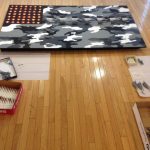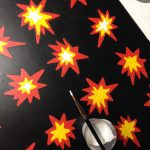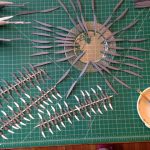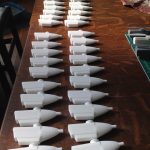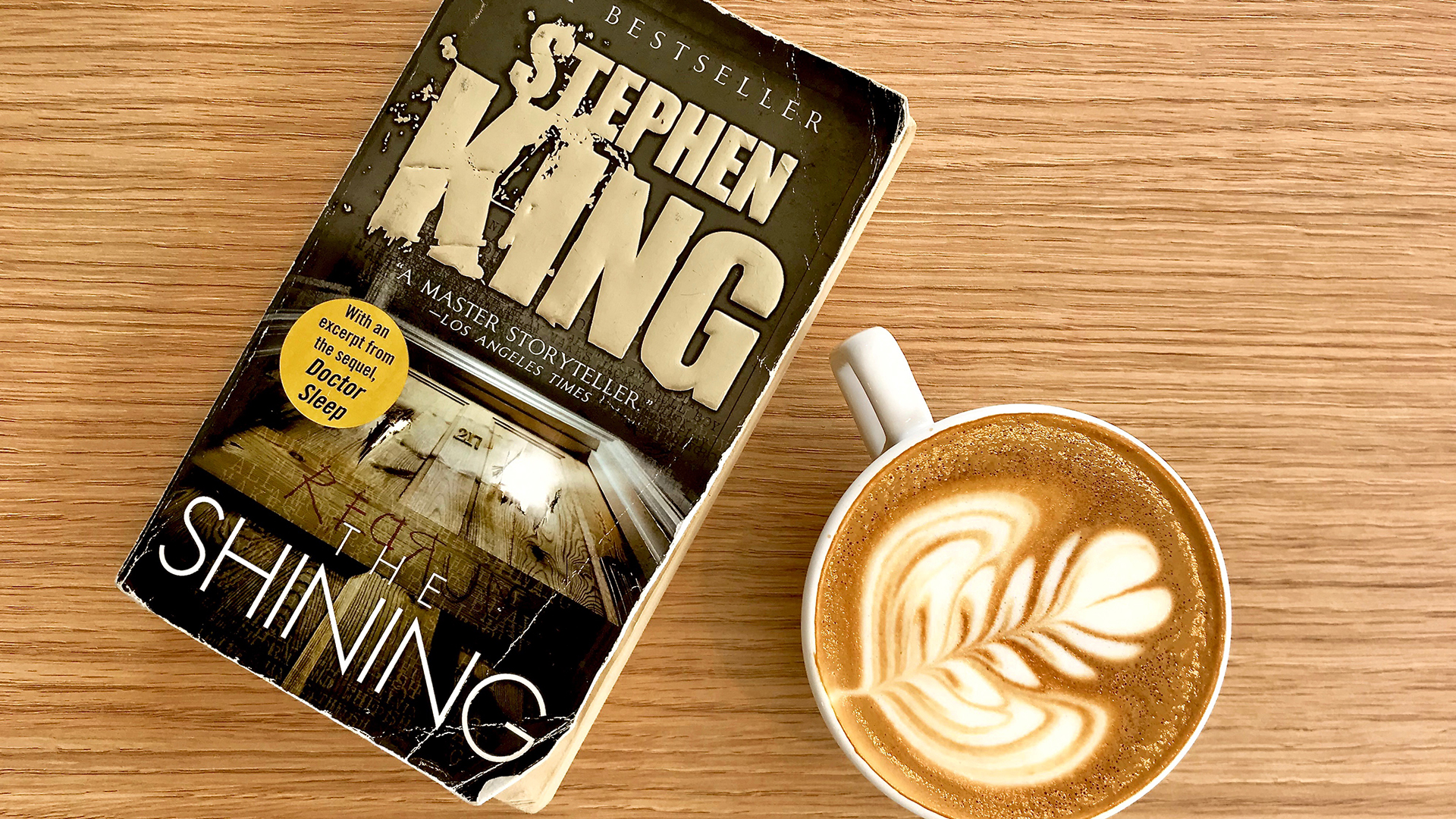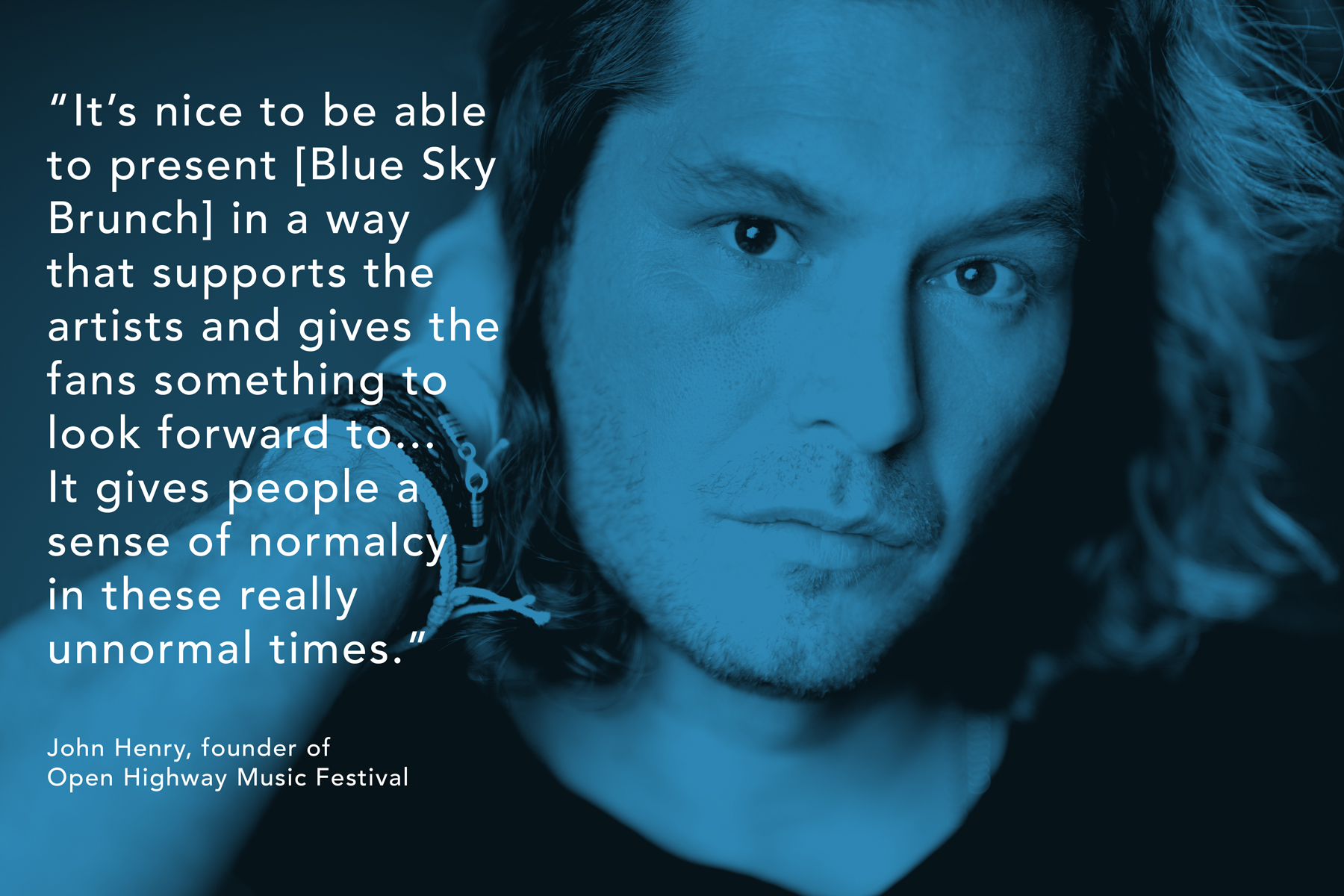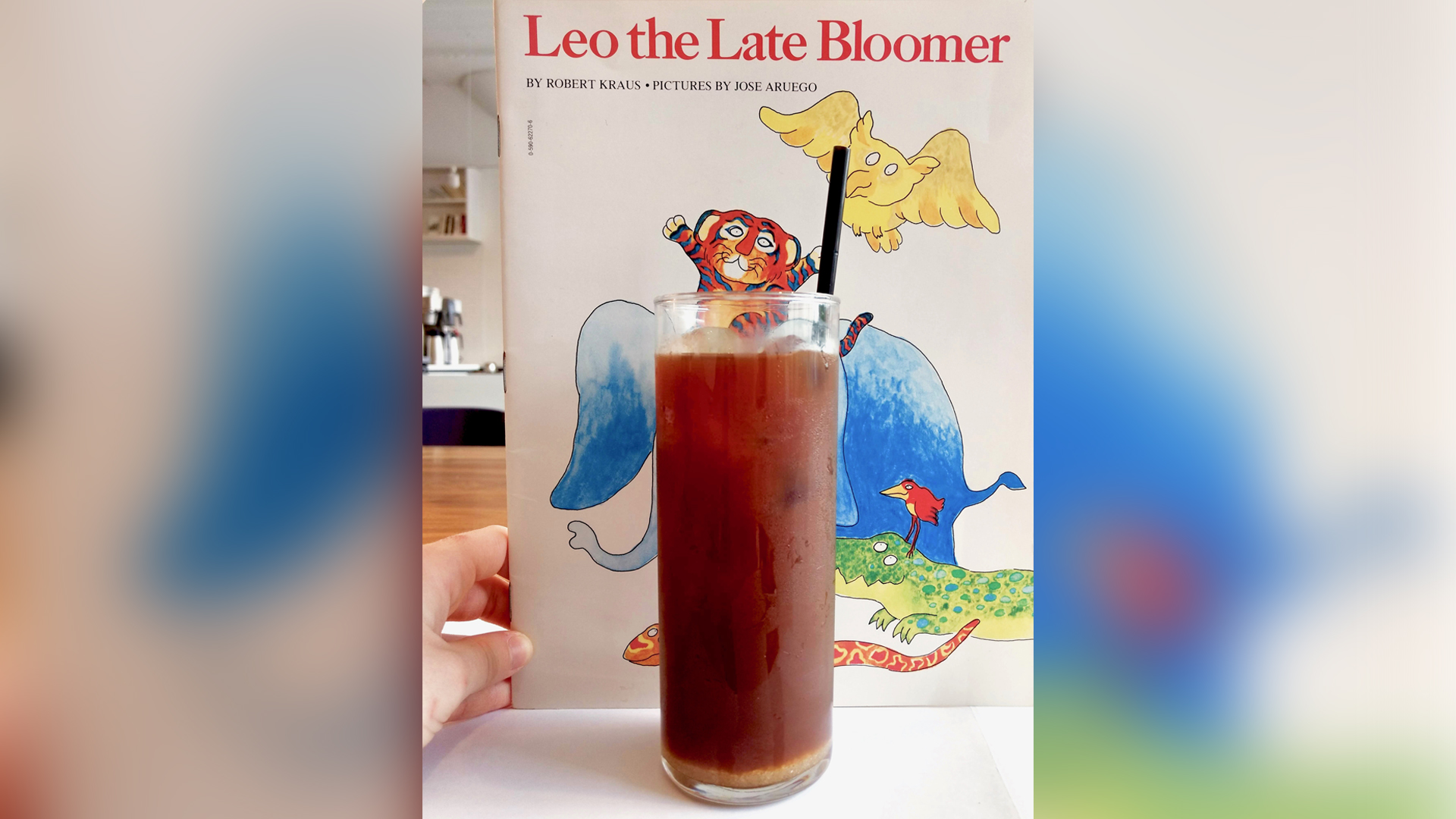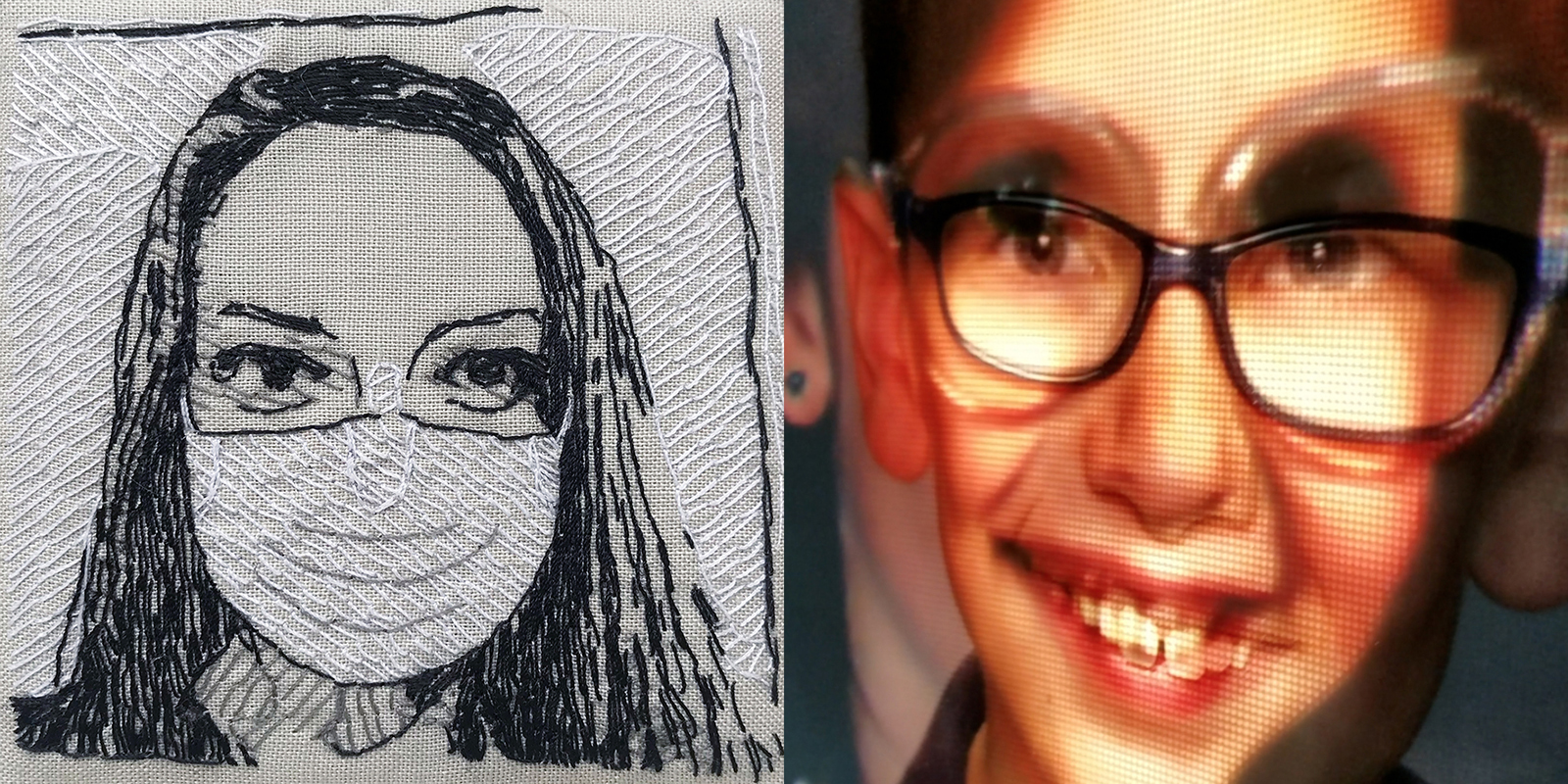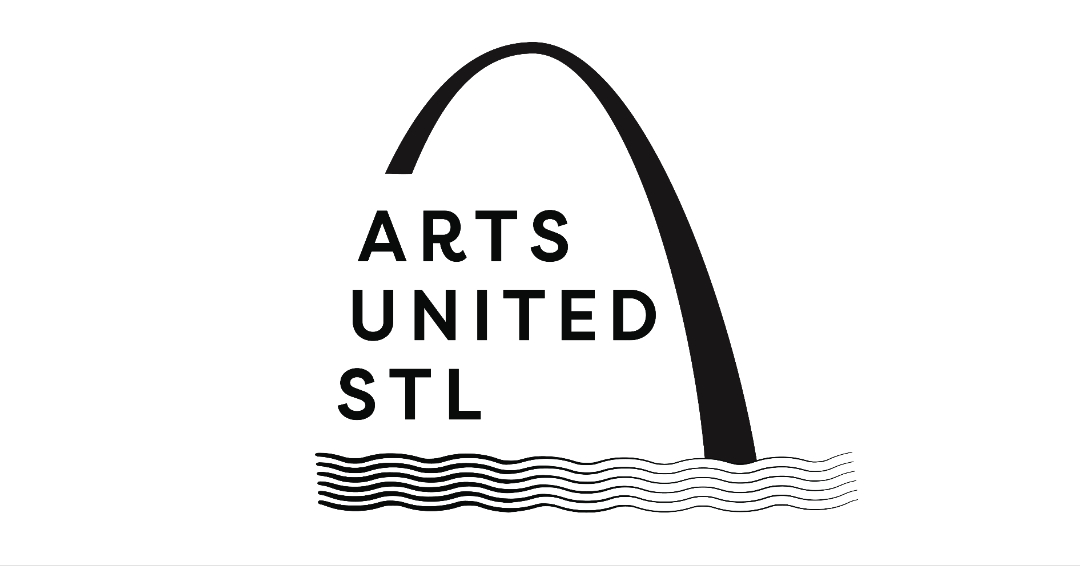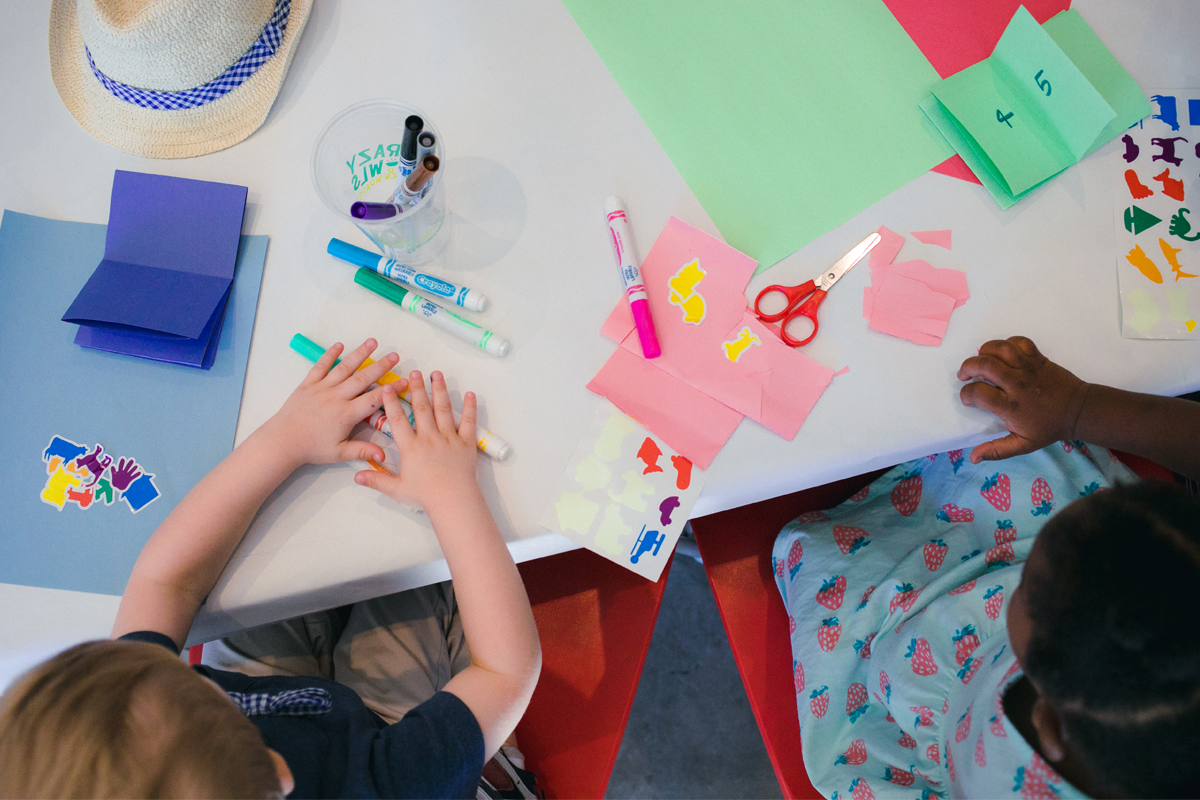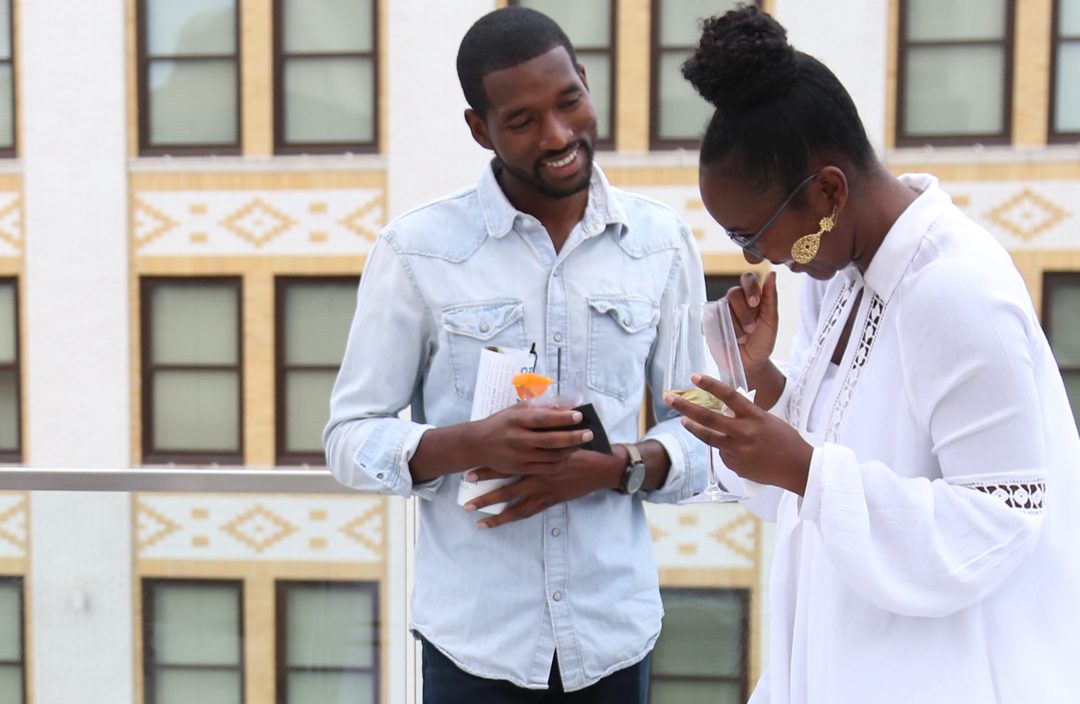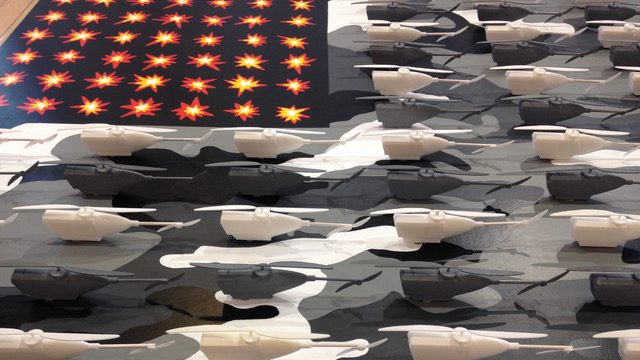
By Margaret Keller
The Beginning
It all started when I pulled into one of the giant concrete parking garages at the University of Missouri-STL, where I was headed to Gallery 210 to view the current art exhibit. After maneuvering my Mini Cooper into a tiny spot, I happened to look up and saw a surveillance camera with a bird’s nest built into it. Twigs and nesting materials were woven together with the camera’s cables to make an integrated and bizarre object. This strange, shocking, and thought-provoking juxtaposition of man-made technology with nature happened about 14 years ago. At that time, the proliferation of surveillance cameras hadn’t reached huge numbers. Or so I thought because I really hadn’t paid attention to them before. Right after that I started looking and was surprised to find them at every traffic intersection, on top of Walgreens, at the bank, and Quick Trip; everywhere. Cameras were recording virtually every moment of our lives in public. Since then, their numbers have only exploded (Proliferate) to the point that we are ‘on camera’ over 75 times per day.
Still Growing
I had no idea my newest art series had just been born or that it would still be expanding right up through 2020, with Eyes Wide Open: Surveillance Series at The Kranzberg Gallery. I realized that digital surveillance was seriously threatening our civil rights and liberties online too, in our most private activities, and that most of this was through government and corporate entities. In the time since I saw that bird’s nest, research has uncovered an overwhelming invasion of our privacy occurring with nearly every online activity including email, phone calls, texting, personal finances, photo posts, social media, business communications, political action, and location/movement (Off The Record).
Multi-faceted, Concerned, and Hyperactively Creative
Many artists focus on one style while specializing in a single medium; I often embrace a wide range of different looks and materials or learn a brand-new technique (such as laser cutting or 3-D design/printing) as I create each new piece. For the floor installation USofA Drone Carpet, I taught myself 3-D design software in order to print 109 tiny drone sculptures (based on the Black Hornet military surveillance drone) using selective laser sintering and nylon powder.
Arranged in the pattern of the American flag, but in grayscale color camouflage, the drones offer a somber critique of the United States. Juggling five or six different series simultaneously, my art deals with things that matter right now: surveillance, natural disasters, climate change, species extinction, our separation from nature, the Anthropocene, and gender issues. I look at connections between our contemporary culture, technology, and nature and try to understand our lives. These series don’t usually come to an end although sometimes I will focus on just one, letting the others hibernate until a new concept reactivates them. Infusing my art with the passion of my ideas is a challenge I love.
A Realization
Infrared was the first work in my surveillance series; it was directly inspired by the parking garage encounter. Noticing nature and surveillance cameras were intertwined in the real world, I started picturing them in drawings, paintings, and mixed media artworks. I hid cams in plain sight, assimilated into the natural landscape (Darkwoods I, Darkwoods II, Darkwoods III, and Surge).
Why It Matters
Someone asked me why they should care about surveillance. Right here in St. Louis, government/police surveillance with no oversight is an ongoing concern, threatening the civil liberties of all, but especially those of people of color, immigrant and refugee communities, and local activists. In July, a member of the Board of Aldermen made a resolution for St. Louis to contract for limitless aerial ‘spy plane’ surveillance. The Missouri ACLU websites states that when mass surveillance systems are deployed by local police, they are frequently used to target communities of color. “While the nation is discussing the demilitarization of police, St. Louis is considering turning wartime specific technology on its own citizens. This is a threat to liberty. This summer, Americans have taken to the streets to protest police brutality and demand change. During the protest surrounding the death of Freddie Gray, officials in Baltimore quietly and secretly turned to the very surveillance technology now before the (St. Louis) Board of Aldermen to track protestors.”* After working with the citizens’ group Privacy Watch STL, I know that since at least 2017, our Board of Aldermen has failed to pass a bill requiring oversight, accountability, and transparency of surveillance practices by the St. Louis police. I think this matters. Earlier, our current federal administration overturned the FCC regulation that banned internet service providers from selling our private information without our permission.** Not long ago, my husband and I were sitting at our kitchen table talking about cats even though we didn’t have one yet; only a short time later ads for cat food appeared on our digital devices because our conversation was not private inside our own home. That conversation’s content wasn’t important, but I am concerned that our privacy is seriously impacted by warrantless and unconstitutional surveillance, even when our devices are switched off. Just last week, the news warned of Zoom hacks into email accounts. Events like these are what feed Eyes Wide Open: Surveillance Series.
My Hope
My goal is to raise awareness of these issues, in the hope that viewers will be moved to support our right to privacy and even to advocate for it. My art looks back at government, corporate, and personal cameras — especially at the vast insertion of surveillance cameras into the natural world — and focuses on the secretive relationship between subject and spectator.
Click here to explore the gallery exhibition virtually.
Click here to schedule a private appointment to view the exhibition.
Footnotes:
*The River Front Times, Luz María Henríquez, 7/13/2020
** NPR, March 28, 2017
As an artist, I make things that explore concern about our place as humans living on planet earth. Over fifty galleries, museums and collections have exhibited my work; in 2018, my sculpture Riverbend was installed at the Gateway Arch National Park as Critical Mass for the Visual Arts’ Public Works Project. Botanica absentia – a memorial to future lost species- was at The Contemporary Art Museum St. Louis in 2019, when I was also the recipient of The Regional Arts Commission’s $20,000 Fellowship Award. As the Nicholas Aitken Artist-in-Residence at The Forsyth School, my project became a permanent campus installation in 2020. This year, my solo exhibition Leaning on Nature was featured at The Mitchell Museum while more work is online at Wayfarers Gallery, Brooklyn. My multi-faceted career has included being a college art professor, historic preservation consultant, Fiscal Analyst for the Missouri State Legislature, self-employed cake decorator, box factory worker, writer, wife, and mother of three.

